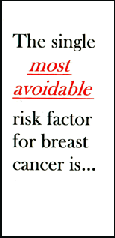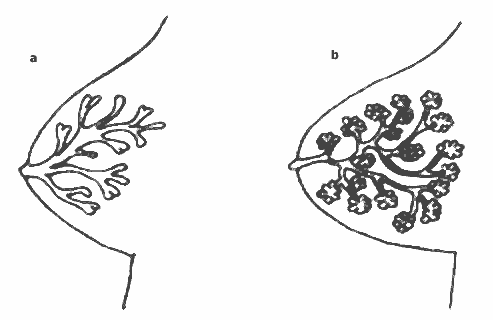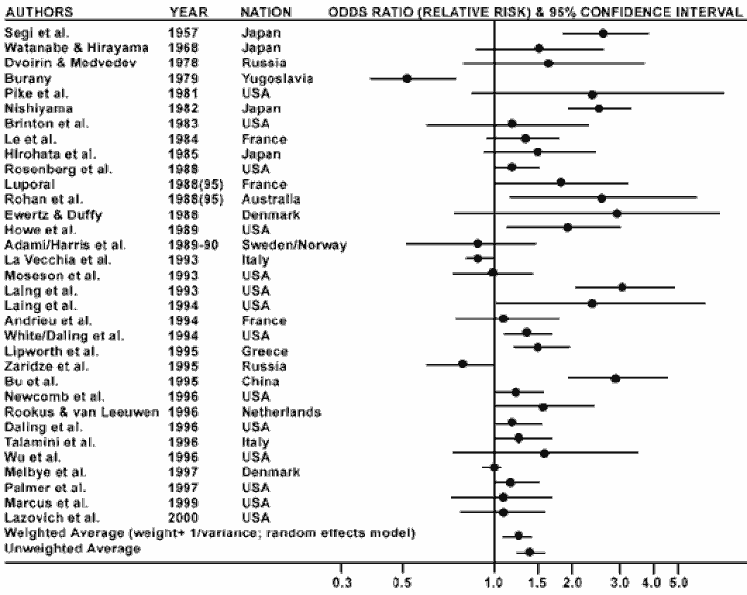NEWS UPDATES | FACT SHEETS | BROCHURES | BOOKS | PUBLICATIONS | VIDEOS | FILMS | REPORTS
Click links above to view any of the BCPI resource pages
Click links above to view any of the BCPI resource pages
The Single Most Avoidable Risk Factor For Breast Cancer Is...
|




